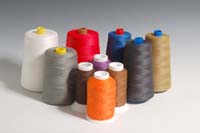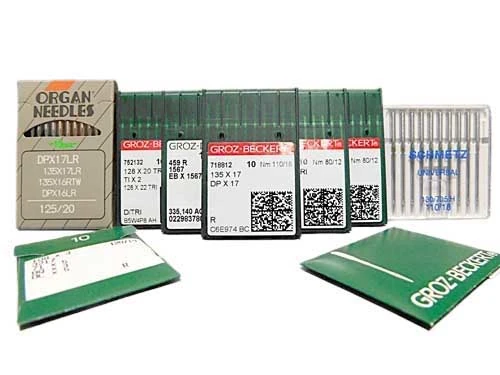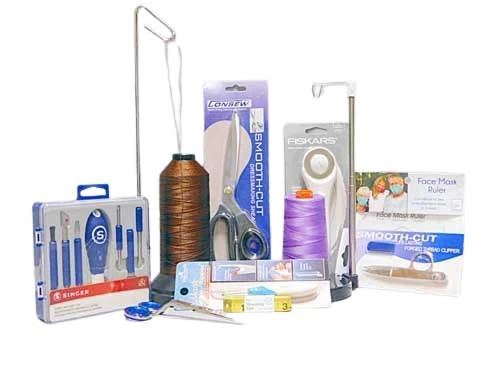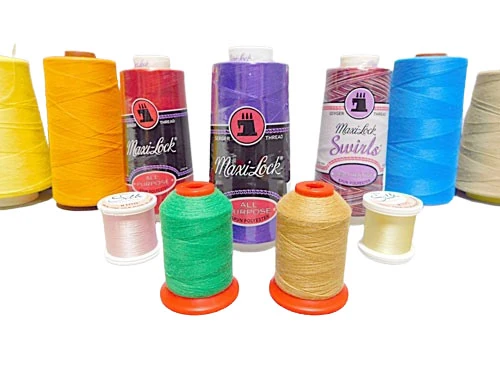Fire Resistant Sewing Thread Guide
| Fire Retardant Thread Buying Guide | |||||||||||||||||||||||||||||||||||||||||||||||||||||||||||||||||||||||||||
| Fire Retardant Thread Buying Guide Fire retardant sewing thread is used with clothing and gear designed to protect from fire and heat. This Fire Retardant Sewing Thread Buying Guide helps customers get the right thread for their needs. Our approach is to explain fire retardant thread uses, what "fire retardance" means, the differences between spun Kevlar(TM) and spun Nomex(TM), and give specifications for both threads. Fire Retardant Sewing Thread Uses Use this thread for sewing clothing and gear for first responders, motor sports participants, military, and others who need protection from fire and heat. It should only be used with fabrics and materials that have the same level of fire retardance. This thread is expensive and using it for regular sewing is wasteful. Use lighter weight threads, Tex 27 to 50, for sewing seams and attaching patches to garments. Use the heaver weight, Tex 60 and higher, for sewing gear where thread strength is important. Regular Kevlar and Nomex thread would give similar levels of fire retardance. But they would not look attractive. Fire Retardance With the exception of most clearance items, our fire retardant thread is UL approved and meet these standards. NFPA 1975-1999, NFPA 1971-1997, NFPA 1976-1992, and NFPA 1977-1998. More simply put, they do not melt and can withstand temperatures of 700F (366C) before they decompose. This compares to a 450F (218C) melt point for general purpose threads such as Nylon and Polyester. Fire retardant is not fire-proof. These threads will burn when exposed to a 2500F (1357C) cigarette lighter. They should not be used with conveyer belts and other gear that operates above 700F. Spun Kevlar and Nomex Fire retardant threads are made by wrapping a thin Kevlar and Nomex in an outer layer of fiber. This gives the thread a fuzzy texture, cotton-like look, and lets it be dyed any color. Spun Kevlar and Nomex are not as strong as their regular counterparts. In the lighter weights, the differences are not important because both threads are strong enough for seams and patches. In the heavier weights, strength often matters and Kevlar is usually the better choice. Fire Retardant Sewing Thread Properties Decomposition - Fire retardant sewing thread begins to decompose (turn to ash) at about 700F (426C). Much higher than nylon or polyester. Melting - Fire retardant sewing thread does not melt. This is important in fire retardant gear. Mildew, Aging, Sunlight, and Abrasion - Excellent resistance to mildew and aging. Prolonged exposure to sunlight causes deterioration. Polyester thread works just as well in some cases. Abrasion - Good abrasion resistance. Children's Garments The U.S. and other countries require children's clothing to be made with fire resistant thread that withstands temperatures up to 450F. There are much less expensive cotton threads that may meet this requirement.
| |||||||||||||||||||||||||||||||||||||||||||||||||||||||||||||||||||||||||||
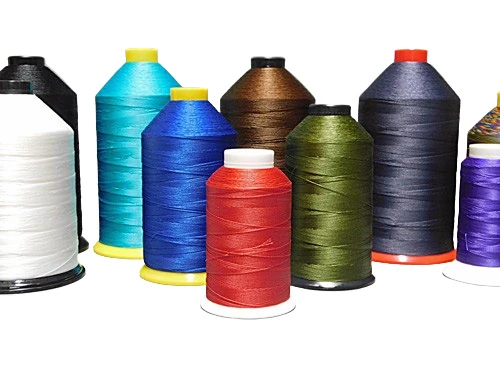

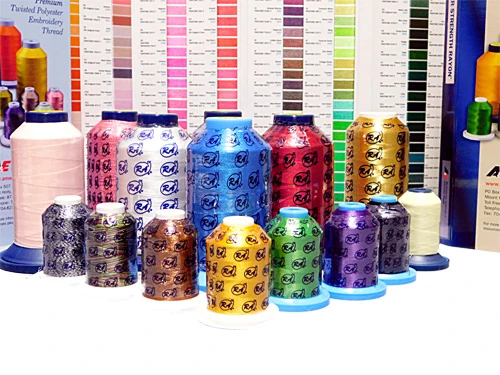
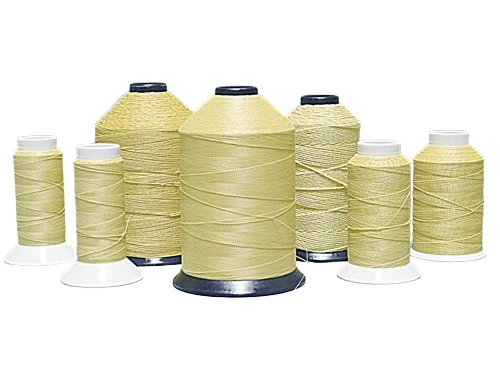
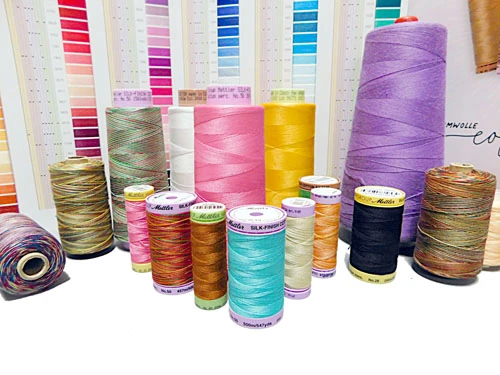

Machine Needles - Over 2,000 Groz-Beckert and Schmetz selections.
-
Find the needles you need in one place.
-
Needle to Machine Reference.
-
Sequenced needle systems for harder to find needles.
-
Thread by needle size.
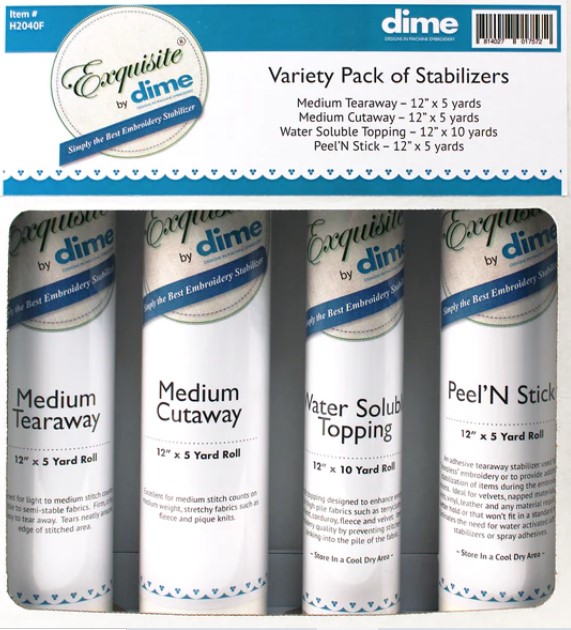
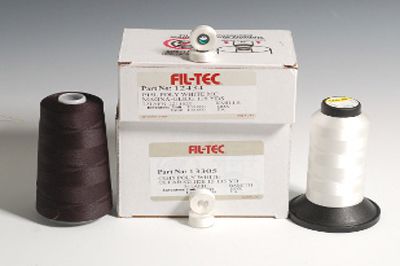
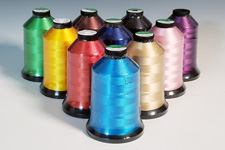
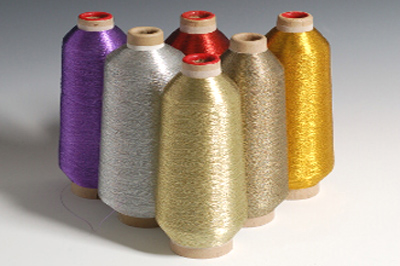
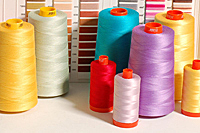
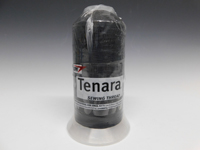
Accessories - To make sewing easier.
We have a growing selection of notions and accessories that make sewing easier. They include thread cone holders, thread sock. elastic tubing, scissors and shears, tape measures, and tool kits and cutters.
Nylon Thread - Ten Sizes - Over 100 colors in some sizes.
-
Strong, durable, and easy to use.
-
Great for fabric, leather, canvas and vinyl.
-
Use up to size 69 in most home sewing machines.
-
Buy what you need - Single small spools, large spools and cases.
Polyester Thread - Nine Sizes - Great for outdoor use.
-
Looks and feels like nylon thread with comparable strength, durability, and ease of use.
-
UV resistant - Great for fabric, leather, canvas and vinyl.
-
Use up to size 69 in most home sewing machines.
-
Buy what you need - Single small spools, large spools and cases.
Robison-Anton - The full line of R/A 40-Weight embroidery thread.
-
Over 400 colors in polyester, and over 370 colors in rayon.
-
King spools and mini-kings.
-
Color cards.
-
Color conversion charts to match to other brands.
Kevlar (TM) Thread - Withstands temperatures up to 800F.
-
Does not melt.
-
About 2.5 times stronger than nylon and polyester.
-
Low stretch at 2%.
-
Buy what you need - Single spools, large and smaller - or cases.
Bobbins - Prewound - Save time with pre-loaded bobbins.
-
Full-gross (144), half-gross (72), and packs of 12 for smaller jobs.
-
Styles A (Class 15), G, L, M, and U - Other styles on closeout.
-
Wide selection of half-price bobbins.
-
Find the right bobbin for your machine.
Monofilament Thread - Also called invisible nylon thread.
-
Similar texture to fishing line, but thinner.
-
Comes in 9 sizes from ultra-thin size .004 to sturdy-size .012.
-
Small spools in sizes .005 to .012.
-
1.5 Lb. canisters in all sizes - Case quantities available.
Cotton Thread - The full line of Mettler Silk-Finish cotton and Aurifil closeouts.
-
Mettler cotton from thinnest to thickest in 60, 50, 40, and 28-weights.
-
Aurifil cotton closeouts at 35% off.
-
Mettler and Aurifil are made from 100% long staple Egyptian cotton fibers.
-
The lower the thread weight number, the thicker the thread.
Sewing and Serger Thread - Spun polyester, poly-core, silk closeout and more.
-
Tex 27 Maxi-Lock - Over 90 solid and variegated colors on 3000-Yd spools.
-
Excell - Same as Maxi-Lock on 6000-Yd spools - Around 12 colors.
-
Maxi-Lock Stretch - High elasticity thread in over 35 colors.
-
Closeouts in spun polyester, poly-core silk, and more.
Waxed Thread - For hand sewing. Most machines cannot handle waxed thread. Check owners manual.
-
Waxing makes thread stiffer, stronger, and more water repellent.
-
Great for leather, canvas, vinyl, and heavy fabrics.
-
70-Yd tubes from Maine Thread in 6 sizes - Over 36 colors.
-
Closeout - Nylon coils, and waxed polyester-linen tubes.
